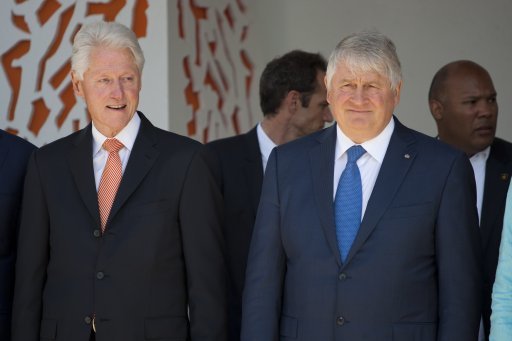UPDATE: Readers have helped add several names to the list below. Thanks! I’ll soon create a permanent home for this information on the menu at the top of the blog. Keep those contributions coming. MH
The Irish American Museum of Washington, D.C. has not responded to my email asking for an update on the proposed project, which I raised in a recent post pegged to the opening of the National Museum of African American History & Culture. Someone at the Twitter account offered links to the virtual museum’s online posts about President Barack Obama and the late boxing great Muhammad Ali, suggesting it “shares profound history” with the NMAAHC.
On Facebook, one of my former Mobile Press-Register colleagues asked: “Do Boston or NYC have such museums? It would seem they would considering how important they were to the formation of both those cities.”
That’s a great question, one that reaches beyond those two cities and the DC Irish American Museum effort. The information below is the beginning of an answer. It is not a complete list. I’m hoping readers will let me know about other U.S. museums, libraries, cultural centers and programs devoted to Irish ancestry and contemporary connections. (List is in alphabetical order by location.)
Irish American Heritage Museum, Albany, N.Y.
Irish Railroad Workers Museum, Baltimore, Md.
Center for Irish Programs, Boston College, Boston
Irish Cultural Center of New England, Canton, Mass.
Irish American Heritage Center, Chicago
Irish Collections, The Newsberry Independent Research Library, Chicago
Ireland’s Great Hunger Museum, Hamden, Conn.
Irish Cultural Museum of New Orleans, New Orleans
Glucksman Ireland House, New York University, New York City
Irish American Historical Society, New York City
Irish Arts Center, New York City
Omaha Irish Cultural Center, Omaha, Neb.
Irish Heritage Theatre, Philadelphia
Philadelphia Irish Center, Philadelphia
Irish Cultural Center & McClelland Library, Phoenix
Irish Centre of Pittsburgh, Pittsburgh
Irish Nationality Room, University of Pittsburgh, Pittsburgh
Irish Cultural Center of California, San Francisco
Embassy of Ireland, Washington, D.C., plus Consul General offices in six cities and honorary consulates in 11 cities.
Fenian Brotherhood Records and O’Donovan Rossa Personal Papers, and Connolly Irish Collection, Catholic University of America, Washington, D.C.
Washington Ireland Program, Washington, D.C.
The American Ireland Fund has chapters in 12 U.S. cities. The global network of friends of Ireland is “dedicated to supporting programs of peace and reconciliation, arts and culture, education and community development throughout the island of Ireland.”
Irish Network USA has 19 chapters. Its mission is “to bolster business opportunities and economic development between the United States and Ireland; to support and encourage Irish Arts and Culture through film, literature, theater, dance and language; to encourage and promote the mission and expansion of Irish sports, throughout the United States; to support the efforts of local Irish organizations and associations; to serve as a conduit between newly arrived Irish immigrants and their communities in member cities and states.”









 In May 1916, as
In May 1916, as